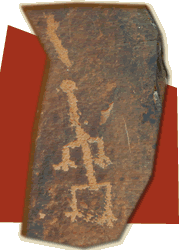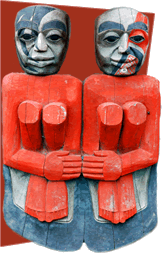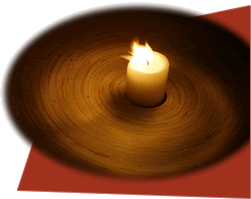Rites of Passage

Every society has ways of acknowledging the arrival of newborns. Two of the most well-known in western culture are infant Christian baptism and the Jewish rite of male circumcision. However other rites of welcome can also be performed. One of the most rewarding is the “name-blessing” in which the child ritually receives its name and the parents, and other family and community members formally offer the child their good wishes and hopes for the future.
Weddings and Ceremonies of Commitment

Formally committing to share their lives is one of the most sacred ceremonies two people can perform together. It is as if two streams, each tributary to the other, have flowed together to become one river. The marriage ceremony can also introduce the couple’s relationship to the larger community, and it gives the community the opportunity to acknowledge the relationship. To speak very personally: I LOVE marrying people! It is an amazing natural high. There is a reason why the one officiating at a wedding is called the “celebrant.” To assist in bringing more happiness and more loving into the world is a great privilege and a great joy.

Divorces and
Ceremonies of Severing
Sometimes the path that two committed people have shared diverges, and each thereafter travels without the former companion. Such separations can have many causes and be attended by many emotions. Sometimes a ritual acknowledgement that what was once one is now two can greatly assist people in saying farewell to the relationship and moving beyond it. Such ceremonies, depending on circumstances, can be performed either with both the former partners present, or with just one. There is no statute of limitations as to how long after the physical or legal separation occurs it is appropriate to perform a ceremony of severing. It could be later the same day; it could be years afterwards.
Other Changes /Space Clearings and Blessings

It is a truism that when the Divine closes one door, another door opens. Changes in a person’s residence, workplace or career involve both goodbyes and hellos. Blessing and /or clearing the space that one is leaving is an excellent way of saying farewell to both the physical environment and to the aspects of life that had been carried out there.
Similarly the blessing/clearing of a new space can be a powerful catalyst to making a fresh start and feeling at home in it. By “clearing”, I refer to the removal, the showing out if you will, of negative, stagnant or inappropriate forces, energies or presences, and by “blessing” I mean the (often simultaneous with clearing) welcoming and ushering in, of positive, dynamic, or appropriate ones.
Here in the United States, these kinds of rituals are often done as part of housewarming celebrations, but they need not be limited to that context, nor need they be confined to a physical change of space. Other appropriate times to perform them are New Year celebrations, solstice and equinox observances, and other holidays including personal ones such as birthdays, anniversaries and reunions. Indeed blessings and clearings may be carried out at any time in any space when they are needed or simply when it feels right to do so.

Leaving the World
Death is fraught with mystery. For most of us, it is the beginning of an inevitable journey into the unknown, a journey that at its outset is often attended by anxiety and fear. It need not be so. An experienced shaman who has traveled often between the tangible and intangible realms knows that death is a doorway, a continuation not a termination. Having some familiarity with the geography of the spirit world, he or she can serve as a supportive escort and guide for the deceased during the initial stages of transition.
What is more, in circumstances where death may be anticipated (such as during the course of a long, serious illness or as a result of the aging body’s natural fatigue) the shaman may assist the person prepare for it by teaching them how to journey shamanically. This enables the pilgrim to become familiar in advance with the geography of the spirit world. When death finally comes, whether as the end of the illness or at a later time, the person is already familiar with the terrain and much less likely to be frightened, disoriented, or immobilized after their spirit says farewell to their body.
A person’s dying can also be a challenge for those left behind. Survivors may have their own difficulties facing a world where the deceased is no longer present. Shamanic rituals where mourners take an active role helping the deceased make the transition into spirit can benefit all concerned, the living and the dead. Also if a survivor has unfinished business with the deceased or if they are simply concerned about how the deceased is getting on after leaving physical life, making a shamanic visit to the person in the spirit world may provide closure or reassurance. A shamanic practitioner may teach a survivor how to make such a journey and assist them in doing so.
Conclusion
These are some of the ways that a shamanic practitioner can be helpful marking the stages of life for people and their communities. Shamanic assistance, however, is not limited to these circumstances. Others, some very particular, may also arise. A shamanic practitioner with the guidance of the spirits can often address these more personal situations in individual ways.